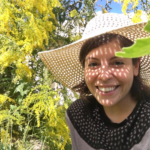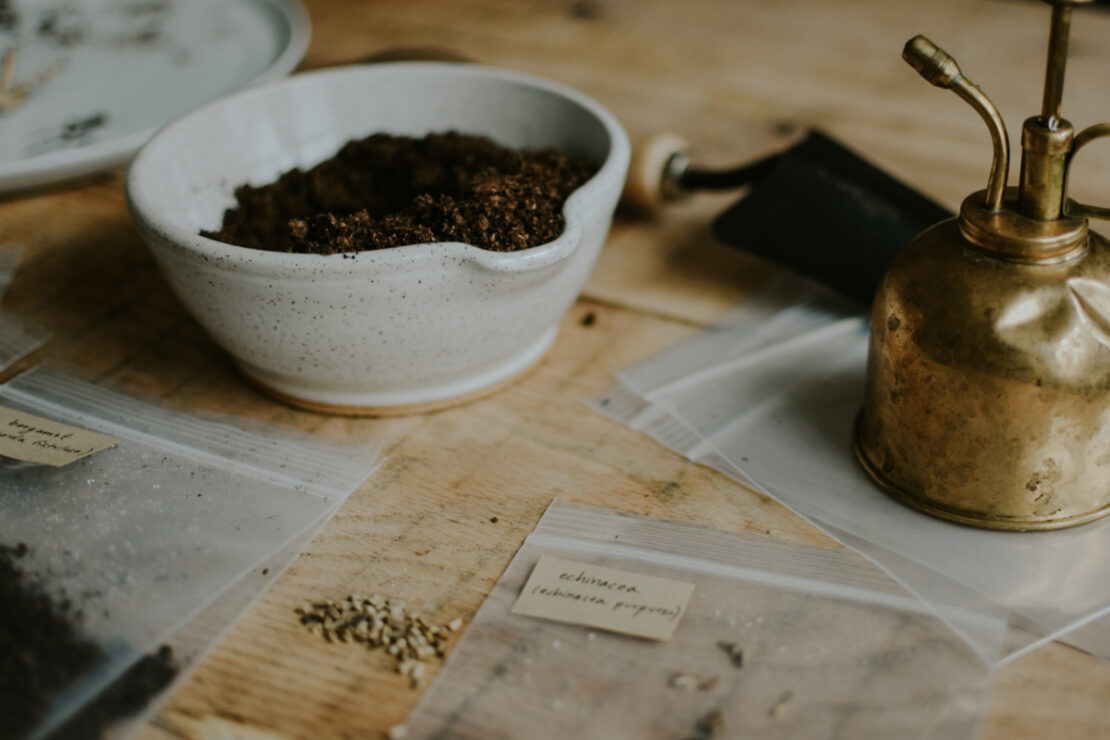
Seed Soaking: Herb Gardening 101
Seed soaking is a method of preparing seeds, specifically those with hard outer shells, for planting. Seeds that need to be soaked are usually wrinkled on the outside, such as peas, fenugreek (Trigonella foenum-graecum), and fennel (Foeniculum vulgare). That wrinkling happens as the seeds dehydrate, which keeps them free from rot and safe for storage. The seed’s hard outer shell needs to be rehydrated for it to sprout and the radicle (embryonic root) to break free from the seed casing, which allows it to find nutrients in the soil (Britannica, n.d.).
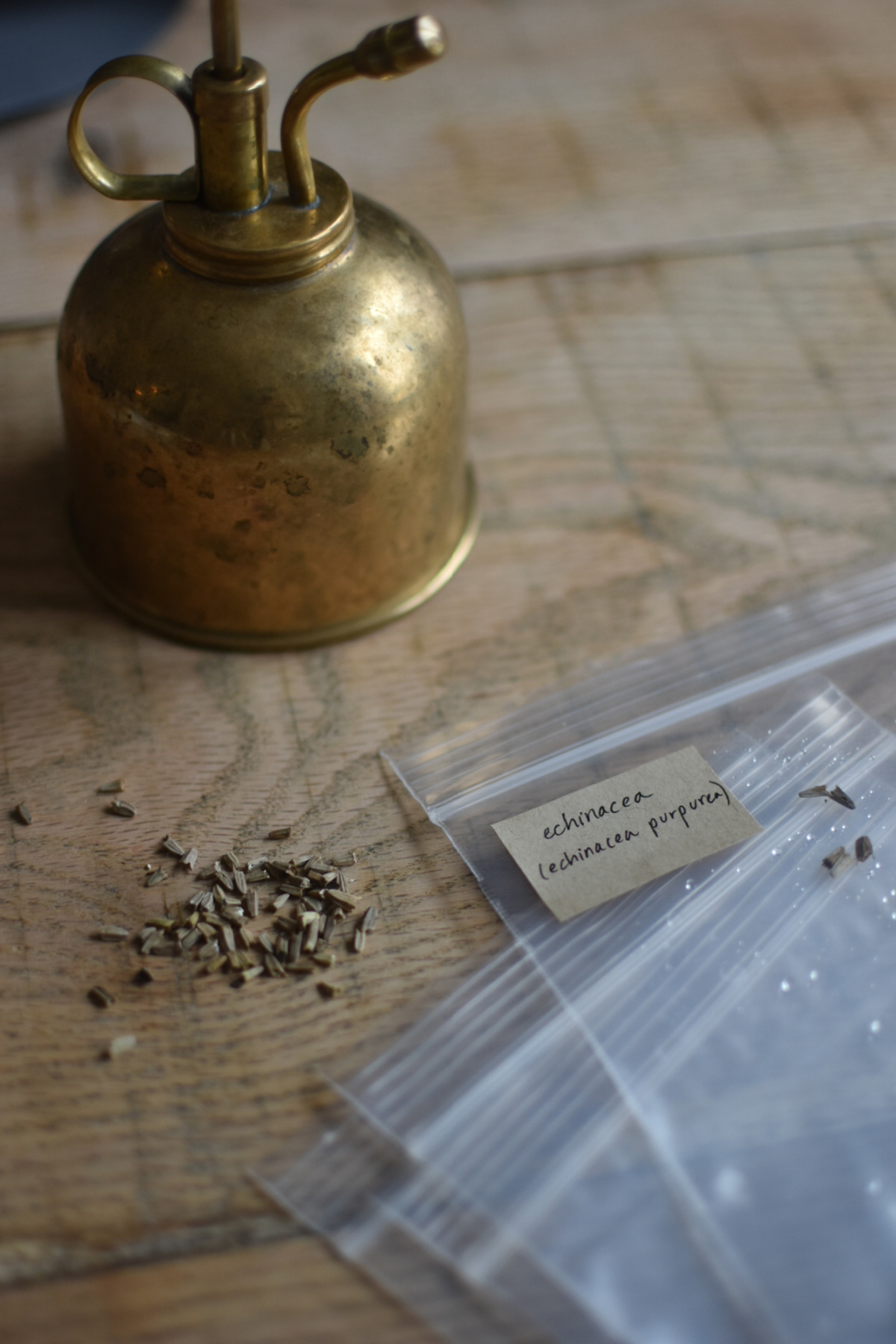
A Little Bit About Seeds
Seeds are one of the most fascinating things in the plant world. They contain so much potential and are still patient and wise enough to wait for the exact right moment to emerge. Some seeds need to be put through the fire, others freezing winters, and still some need to experience the cycle of seasons for years before they are ready to sprout.
Inside the seed is a miniature version of the plant, called the embryo. The embryo knows what to do as it unfurls itself and moves from seed to seedling. The seedling is equipped with enough energy (in the form of carbohydrates, fats, or a combination of the two) to sustain its growth until it can establish itself as a self-sustaining organism (Bewley, 1997).
Reintroduction of moisture to dehydrated seed activates the metabolic processes that are halted during dehydration (Bewley, 1997). Essentially, soaking seeds gives thick-coated seeds a jump start on the germination process.
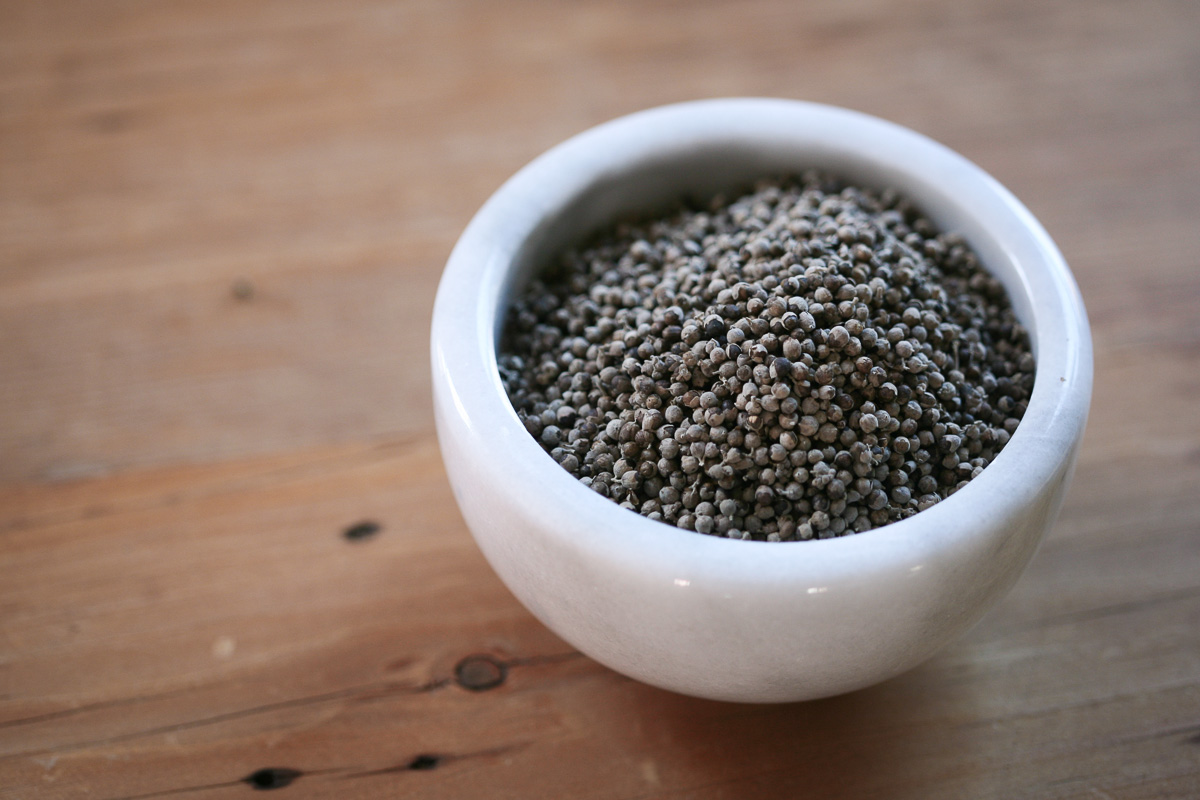
Seed Soaking Tips
To soak seeds, place them in a bowl, and add enough water to cover the seeds. There is much debate on whether to use warm or hot water, but water straight from the tap works fine with less work. Soak your seeds at least overnight, and not more than 24 hours.
Soaking seeds for too long can cause them to deteriorate. Underwater for too long, cut off from oxygen, they won’t be able to breathe and can suffocate (Normandeau, 2014). Changing the water the seeds are soaking in can help to eliminate germination inhibitors and replenish oxygen (Luna et al., 2014).
You can see a shift in the seed coating as the seeds rehydrate—wrinkles will lessen and the seed should plump up a bit. Give the seeds a rinse before planting them. Seeds are ready to get into some soil and complete their germination process as soon as the water bath breaks dormancy, signaling that it is safe to sprout. Plant the seeds shortly after taking them out of their bath.
You’ll want to be able to get outside and get those seeds in the ground after they soak, so plan seed soaking around your availability and weather that will be reasonable to work in, for you and the soil condition. Sunny days are a joy in the garden. A little moisture in the air and soil can improve soil contact with the seed, but rainy days can be a deterrent to getting outside. Although getting your hands dirty is one of the joys of gardening, messing about in the beds when it’s too muddy, wet, or saturated is a good way to lose a garden clog and compact your soil. A nice clear dry day when the soil is not too wet, with rain following shortly after you plant is ideal. Most importantly get out and do it!
If you are starting these seeds indoors, then make sure you have some time set aside the day after seed soaking to plant them in flats near a sunny source.
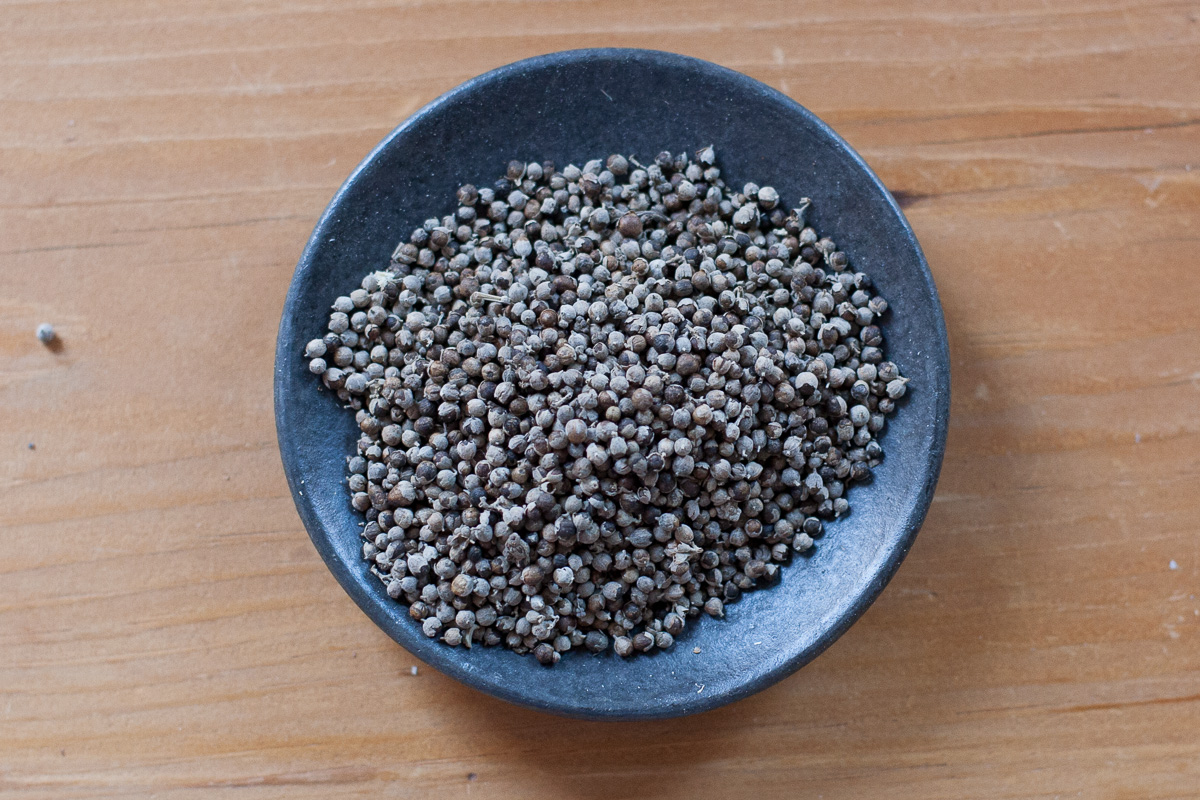
What Kind of Seeds to Soak
Seeds with thicker coatings that look a bit shriveled in their dehydrated state are perfect candidates for soaking. Smaller seeds clump together, become more difficult to handle for planting, and generally don’t need the extra help (Vinje, n.d.). Below is a list of some herbal allies that benefit from a nice soak.
Astragalus (Astragalus membranaceus)
Chasteberry (Vitex agnus-castus)
Cramp bark (Viburnum opulus)
Eleuthero (Eleutherococcus senticosus)
Licorice (Glycyrrhiza glabra)
Nasturtium (Tropaeolum spp.)
Parsley (Petroselinum spp.)
Passionflower (Passiflora incarnata)
(List compiled from Hartung, 2011; Strictly Medicinal Seeds, n.d.; and Vinje, n.d.)
In Closing,
Plants have individual needs, just like people, and understanding those needs helps you to be in relationship with them. Understanding your plants’ needs starts at the beginning, with the germination process. By getting to know your plants in this early stage you’ll give them the best chances for growing up to be strong, self-sustaining beings.
For more helpful tips about starting seeds, see:
Starting Your Own Seeds? Time for Cold Stratification!
Seed Scarification: What Herb Gardeners Need to Know
Easy Seed-Starting Guide
5 Steps to Starting Seeds
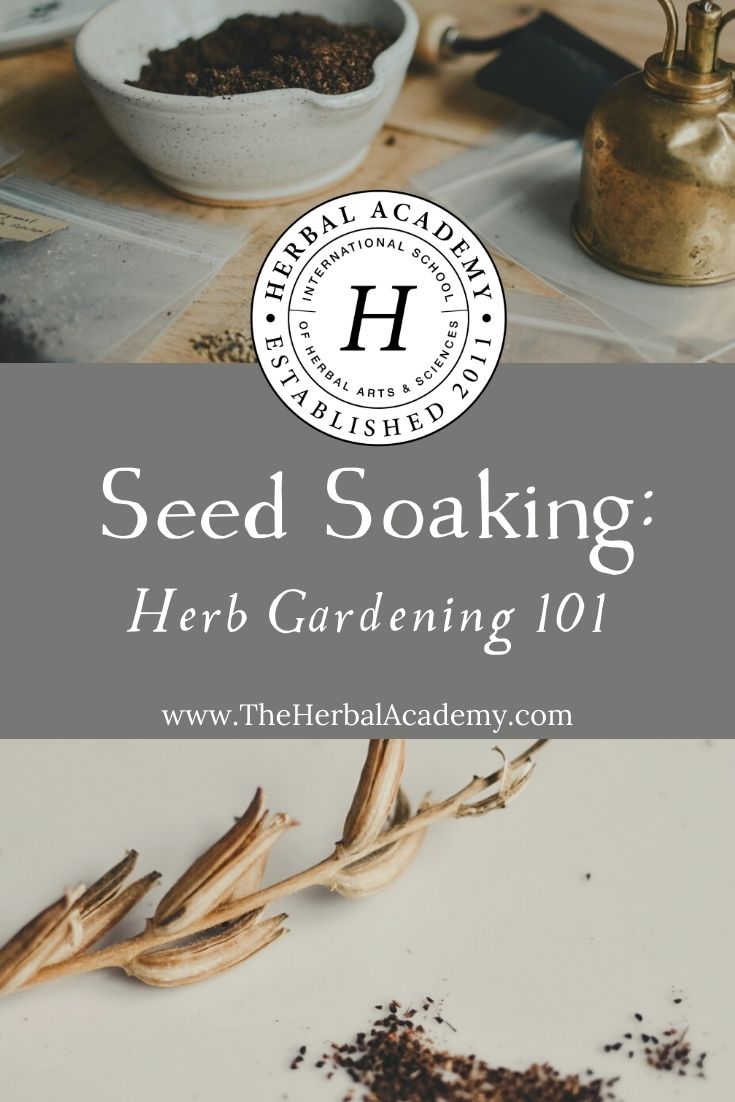
REFERENCES
Bewley, J. D. (1997). Seed germination and dormancy. The Plant Cell, 9, 1055-1066. https://www.ncbi.nlm.nih.gov/pmc/articles/PMC156979/pdf/091055.pdf
Britannica. (n.d.) Radicle: Plant anatomy [Online Encyclopedia]. Retrieved from https://www.britannica.com/science/radicle
Normandeau, S. (2014). Prepare your seeds for a plentiful harvest [Blog POST]. Farmers Almanac. Retrieved from https://www.farmersalmanac.com/prepare-your-seeds-for-a-plentiful-harvest-18419#:~:text=If%20the%20seed%20coats%20are,seeds%20with%20water%20before%20sowing
Hartung, T. (2011). Homegrown herbs: A complete guide to growing, using, and enjoying more than 100 herbs. North Adams, MA: Storey Publishing
Luna, T., Wilkinson, K. M., & Dumroese, R. K. (2014) Tropical nursery manual: A guide to starting and operating a nursery for native and traditional plants. Washington, DC: United States Department of Agriculture.
Strictly Medicinal Seeds. (n.d.). Medicinal herb seeds [Online store]. Retrieved from https://strictlymedicinalseeds.com/medicinal-herb-seeds/
Vinje, E. (n.d.). Soak seeds before planting [Research Center]. Planet Natural. Retrieved from https://www.planetnatural.com/soak-seeds/

